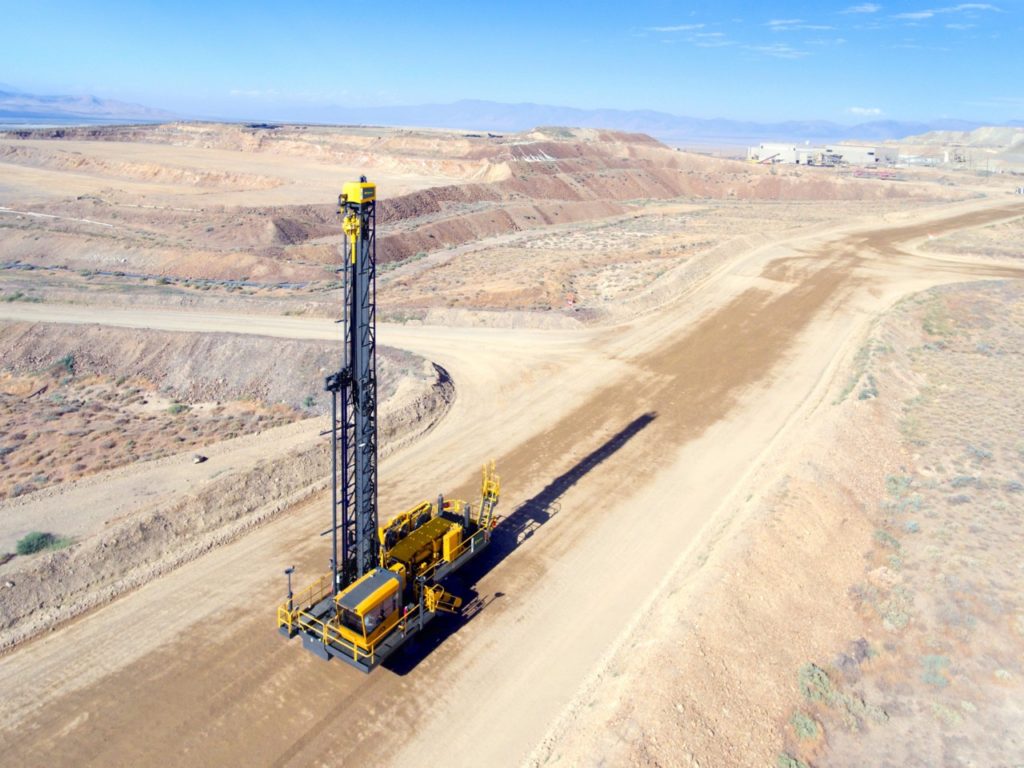The trend of equipment automation is no longer confined to certain regions or sectors; it is a global phenomenon. That is the impression Epiroc has provided in the last few months, as well as in its September quarter results, the latter of which was released today.
Having reported a swelling order book for this quarter – including record orders received of SEK12.2 billion ($1.4 billion) and a 29% year-on-year improvement in operating profit to SEK2.4 billion – the company’s fortunes continue to be representative of a wider uptick in the mining industry.
This was characterised by several large orders in the three-month period, five of which were valued at more than SEK100 million.
The variety of these orders – representing greenfield and brownfield operations – was interesting, reinforcing the idea that the equipment and service sales were attributed to growing – as opposed to sustaining – production levels from the industry.
What was also worth pointing out was the increased levels of automation that came with these bookings.
IAMGOLD’s order for six Epiroc Pit Viper 231 blasthole drill rigs for its Côté Gold operation in Ontario, Canada, included plans to use them in a “fully autonomous” mode; one of the Boltec machines being supplied to LKAB’s underground mines in Sweden will be equipped with a new automated pumpable resin system; and some of the drill rigs ordered by Eti Bakir in Turkey and Dazhong Mining Co Ltd in China will come fitted with Epiroc’s Rig Control System, which makes them ready for automation and remote control.
“We see that there are high levels of interest for automation,” Helena Hedblom, Epiroc President and CEO, told IM shortly after the results were released. “Depending on the site, there is always a consideration around automation.
“These are step-by-step developments, though.”
This is likely to mean some companies progress to the highest levels of automation, while others reap the benefits from tele-remote operation.
In addition to the productivity and safety benefits that companies are receiving from this operating transition, there is also a sustainability advantage, according to Hedblom.
Diesel-powered machines with automated elements are being fitted with more energy efficient components and are burning less diesel through optimised operation of equipment.
Ahead of a full on move to battery-electric machines – which are not yet automated – these benefits are important for an industry looking to decarbonise.
“Energy efficiency has always been a priority in our R&D investments,” Hedblom said on an analyst call on the same day. “We’re working on that with our diesel machines too.
“That is the fastest way we can have an impact on CO2 emissions for the industry.”
By continuing to work on the base machines – improving their efficiency as much as possible – the company is ensuring each new machine has a positive impact.
And, of course, the company is now offering an electrification roadmap to miners with existing diesel-powered fleets.
This is where the recently announced acquisition of Canada-based FVT Research is relevant.
“We see this transaction as a strategic move to transform the sector,” Hedblom told IM.
FVT played an integral role in a recent project to convert a diesel-powered Epiroc Scooptram ST1030 loader to battery-electric mode, and Hedblom sees the company helping create a much larger battery-electric rebuild program.
It also slots nicely into the company’s wider electrification plans, as Hedblom outlined on the analyst call.
“We can then take on a project, do the electrical mine infrastructure with the Meglab capabilities, we can convert some of the machines (FVT Research) and, at the same time, add new machines and then bundle it with Batteries as a Service,” she said.
Also of note in the results was the continued growth of Epiroc’s aftermarket business. In the three-month period, it represented 72% of revenues, up from 69% in the same quarter a year ago. For service, orders received increased 21% to SEK4.8 billion, corresponding to 13% organic growth.
Hedblom mentioned the company has continued to gain market share in this area, as it focused on keeping machines out in the field up and running.
Increased connectivity to these machines has helped support this, with the number of units delivered with connectivity increasing by more than 30% year-on-year, according to Hedblom.
More details of this development are likely to follow in the company’s December 1 Capital Markets Day, but Hedblom said this increased connectivity was underlining product performance, providing optimisation opportunities and showing potential market prospects.











